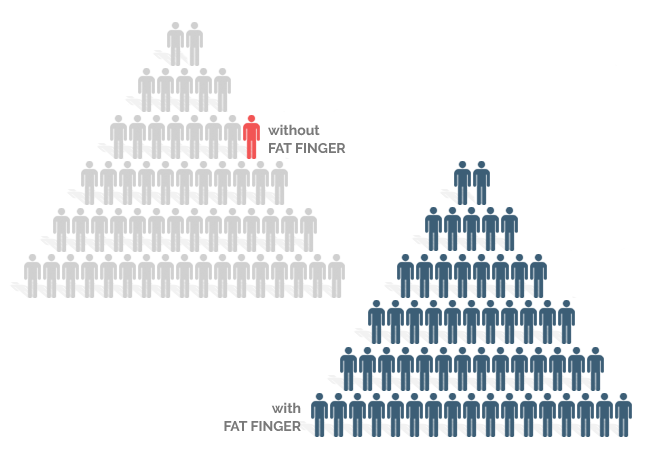Near misses are incidents that could have resulted in injuries, damage, or loss of life but did not. They are often overlooked or dismissed as insignificant incidents. However, every near miss is a valuable opportunity to learn and improve safety measures.
Reporting near misses is the first step to preventing accidents and injuries. But how many near misses should be reported? In this blog, we will explore the importance of reporting near misses and how to determine the threshold for reporting them.

Reporting near misses is critical for improving safety in any organization. Near misses are warnings that something is wrong and that corrective action is needed to prevent a future incident. They can indicate a problem with equipment, procedures, training, or other factors leading to accidents. Therefore, every near miss should be reported, whether small or trivial. Even if no one was hurt or no damage occurred, it is essential to document the incident, investigate its cause, and take corrective actions to prevent a future incident.
However, reporting every near miss can be overwhelming and time-consuming. Many organizations establish a threshold for determining when a near miss is significant enough to report. The threshold can be based on several factors, such as the level of risk, the frequency of occurrence, the cost of corrective actions, or the potential impact on the business.
For example, a near miss that could result in a severe injury or a significant loss of production may require immediate reporting. In contrast, a minor near miss may need only to be documented for internal reporting.
Determining the appropriate threshold for reporting near misses requires a risk assessment and a clear understanding of the organization’s safety goals and objectives.

In conclusion, every near miss should be reported, regardless of its size or severity.Establishing a threshold for reporting near misses can help organizations manage the reporting process more efficiently, but it should not discourage reporting. By reporting near misses, organizations can create a safety culture that values transparency, accountability, and continuous improvement. Remember, every near miss counts!
About FAT FINGER
Ensure front-line teams do their work correctly every time. Drag & drop digital procedures that unlock operational excellence.
In seconds anyone can build and deploy enterprise-grade mobile applications using an easy drag-and-drop no-code builder.
FAT FINGER uses machine learning to coach app users in real-time to make safer and improved decisions.
Try building your digital procedure on FAT FINGER for free @ www.fatfinger.io
Near-miss reporting for everyone – Anytime and anywhere.
We empower EVERYONE to initiate and create positive change to improve the company’s safety records no matter where you are. The only way to keep up with the speed at which the world moves today is to empower everyone from the front-line worker to the executive.

Data powerhouse – Keeping everything in one place.
Data are stored in the cloud and available in real-time to everyone who needs it. All your up-to-date safety work instructions and training content are available across any device as employees perform the work.

Advanced Analytics- What gets measured, gets managed.
Every single piece of information captured by FAT FINGER users will feed your company analytics in real time. FAT FINGER provides you with valuable insights to help improve your workplace safety. With detailed dashboards, you can quickly identify areas of improvement and track your progress over time.



